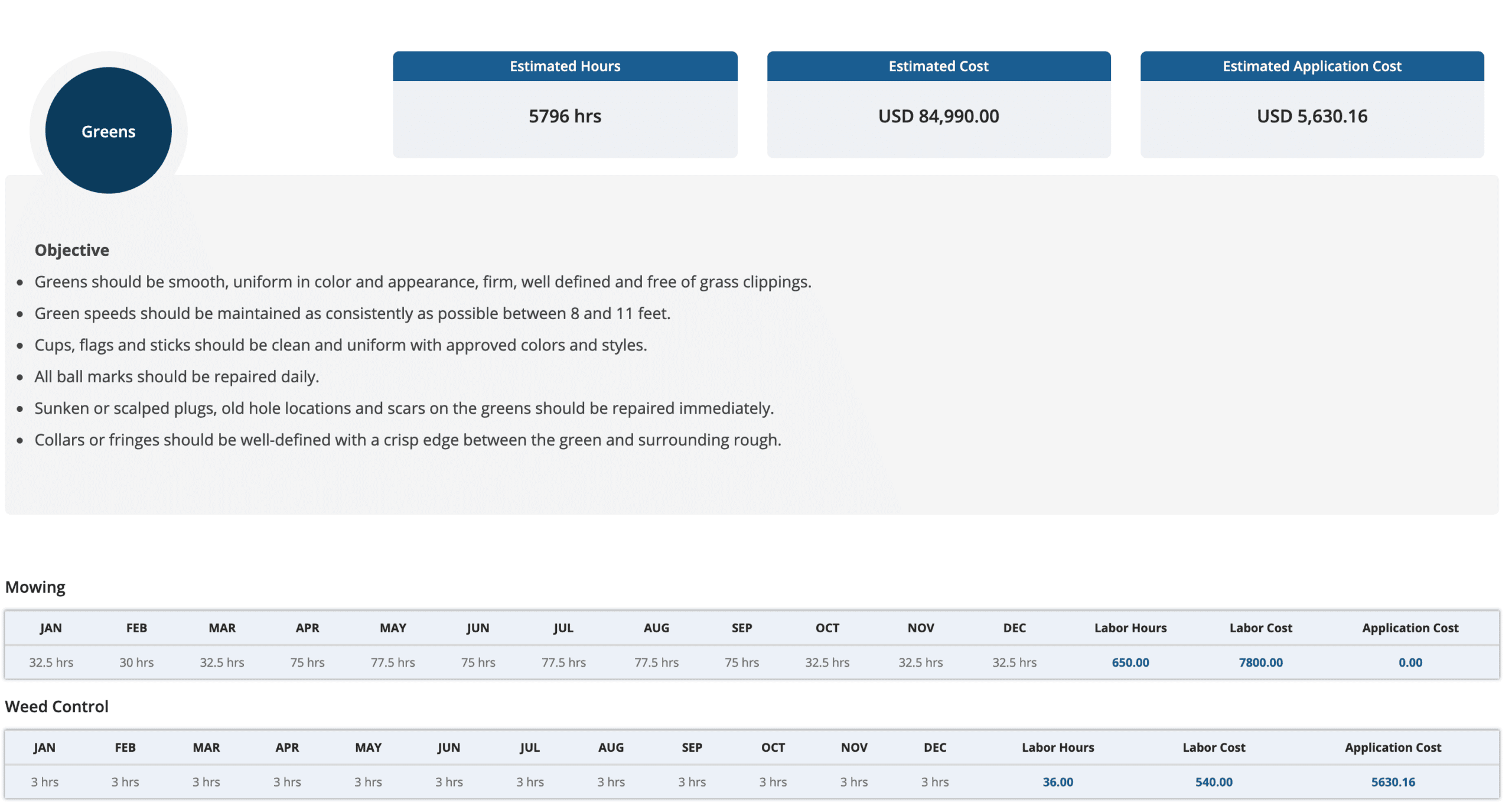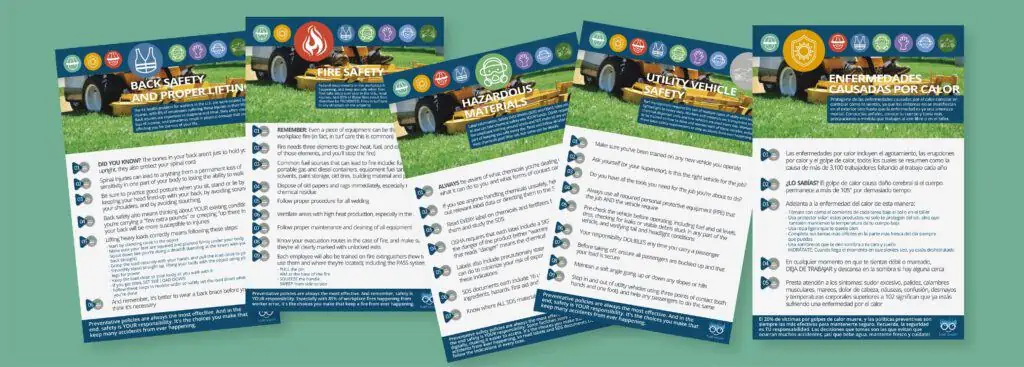
We’ve all heard that you “fail to plan, and you plan to fail.” But what really goes into that? And what does that mean to a turf organization?
Planning in turf management is a beast. You have to factor in labor and hiring, tasks and processes, standards and a long list of stakeholders to satisfy. Your plan is subject to the elements (not to mention the labor economy), and some days it’s all you can do just to respond to each of the issues that come up.
A quote we like even better when talking about planning for turf organizations is:
“If you don’t have a plan, any road is going to get you where you’re going.”
This means you will get somewhere without a plan, but it won’t be where you want to go. You won’t even know where you’re headed until you get there.
This makes us ask: what, in all practicality, is the best way to avoid failure if planning in turf management has so many moving parts?
Not only should you plan to succeed in turf care, you also have to make sure your plan is viable. Here, we’re going to break down what goes into a viable plan, pin point some of the old-school tools that don’t work anymore, and pave the road to the one plan that will satisfy all your turf management needs with the best technology out there and the 21st-century business hindsight of how we got where we are today.
Creating a solid maintenance plan isn’t easy. If it were, superintendents and turf professionals all over the world would have an easier time responding to conditions and shifts in budgets and markets.
But turf management is complex. It’s so complex that we resort to pen and paper, Excel spreadsheets, and anywhere else we can dump thoughts to later try and piece them together in a meaningful way. We all know how difficult it is to turn those thoughts into a working spreadsheet only to have one factor change that messes up all our programmed equations.
And then, our fragile system is broken and we’re left flying by the seat of our pants to get the job done.
The takeaway here is that a plan needs to do more than just outline thoughts. It needs to be responsive and intelligent enough to help us adjust that plan and see how all pieces in play will be affected.
Let’s take a look at what actually sets a plan up to be intelligent and proactive to give us the real system we need so that a plan can respond to everything thrown at us.
In order for your plan to be intelligent and responsive and to help you manage turf in the real world—where stuff is going to happen and circumstances are going to change—it needs to be:
A plan can’t assume you’ll be drinking Champagne on a Natty Light budget. Your plan has to fit realistically within your budget, and this means knowing and outlining the different responsibilities and resources they require to see your plan’s success.
You can’t pick numbers out of a hat, either. At least, we hope you won’t. Responsibilities and the costs associated with them need to be matched with real data, and that data needs to respond to the real world.
For example, do you have a pulse on changes in the labor market? Or cost changes around the equipment and agronomic materials you need? Your plan has to be easily updated with these shifts to show you how those changes affect the cost of each responsibility and task across the board.
Staff availability is another important thing to think about, too. You might have the budget to hire 20 people, but if there aren’t 20 experienced people available for hire in your price-range and geographical area, your labor needs might need a tweak to be attainable.
Just because we can plan and cut a budget doesn’t mean everyone’s going to be happy about it.
Whoever makes up your key stakeholders—general managers, management companies, boards, members—has to be in agreement with your plan in order for it to be viable.
There are a couple key elements to ensure your plan is agreeable to all those who have a say:
What were once drafted as Maintenance Standards can now be woven into a bigger vision or mission statement to bring your documented plan to today’s requirements, too. All the responsibilities and tasks that roll up into that statement then need to be spelled out. Outline the kind of facility you want to run, and you could be one successful board meeting away from getting real stakeholder buy-in.
At the end of the day, all of the above needs to be built into a system that KNOWS what your plan is and helps you and your staff EXECUTE that plan on a day to day basis while allowing to modify the plan on the fly and automatically building reports to show you how well you executed. This is where hand-written notes and Excel spreadsheets fall well short of meeting day to day challenges of turf professionals.
Does your current system know where you are in your plan and keep your staff accountable to needs as they ebb and flow? Does your system act as an auto-pilot? It should. And with today’s technology, it can.
This is the core of why we built Turf Assistant. With your plan built into our software specialized for turf management, it can update everything from task A to Z with all the data feedback you need to see where you are now and how to get where you want to go.
Data is the only way to justify adjustments made to your plan, and automating that data can’t be done today in a spreadsheet. You don’t have to rely on gut feelings anymore. Now, you can justify budgets and paint a realistic picture for all players as to what’s possible and what’s expected.
Turf Assistant was built to help you map your plan out and check for attainability, then document that plan to ensure all players are on the same page—and then, to leave you with an actionable system to execute your plan on a daily basis while collecting data to give you real-time feedback on the health of your organization.
Plan forecasting and reporting are now a click away. Contact us today to get started so you can build the plan that will take you exactly where you want to go.
